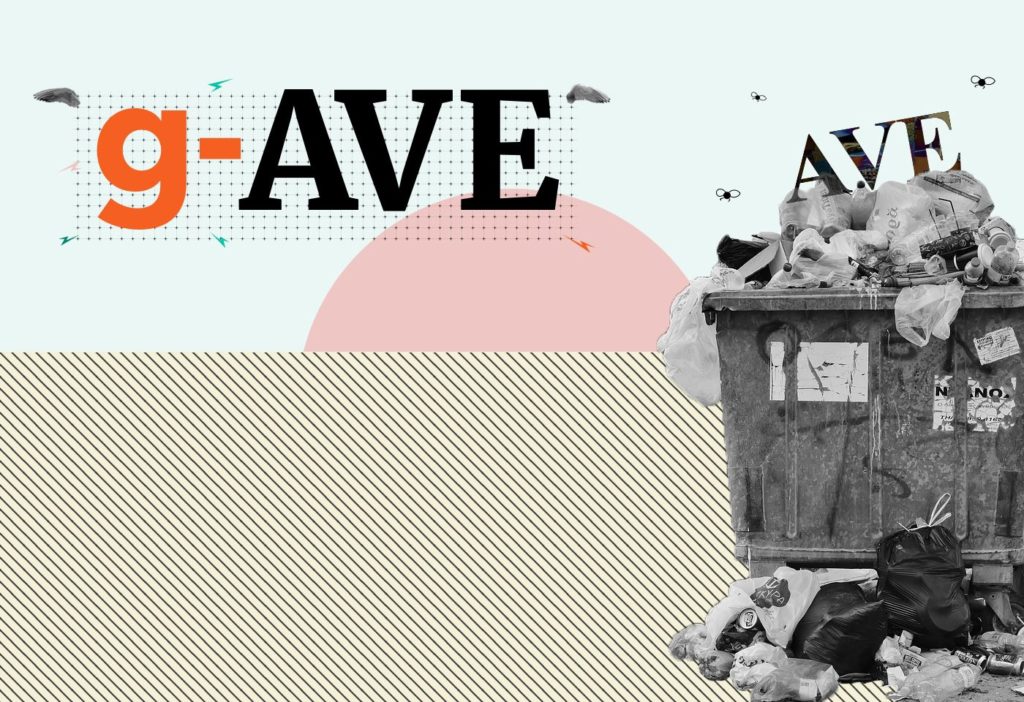Putting a price on PR coverage is notoriously hard.
Back in the day, we relied on AVE to compare how much our placements were worth against other activity (hence why it’s called advertising value equivalent). Not only did it keep clients happy knowing that they were getting more bang for their buck, but it also helped get bigger budgets signed off.
Then, in 2010, the PR world congregated in Barcelona where the AMEC led the first steps in putting a stop to AVE, stating it was no longer an accurate or ethical way to put a monetary value on press coverage.
But, despite it being a big no-no, it has been a struggle to shake it off completely simply because we haven’t found another way to measure the monetary value of coverage.
Now we find ourselves in a bind. How do we show the value our coverage is getting?
The conundrum is simple: we need simple metrics that finance people understand, so it’s no surprise that new ideas have begun cropping up and alternative ways to measure value have started to rear their money-minded heads.
This is part one of a series, looking at different ways in which you can put a value on your PR work.
Let us introduce G-AVE (or, in layman terms, Google Advertising Equivalent Value).
How Does G-AVE Work?
There’s a simple equation that doesn’t require you to have a masters degree in maths to find the answer, and it goes like this:
Cost Per Click x Search Volume = G-AVE
Cost Per Click (CPC) here refers to the market price of a Google ad, and the search volume refers to the number of keyword searches in a month.
But cost per clicks is for ads, isn’t it? It’s not for editorial, surely?!
… Cue a tool like SEMRush.
All you have to do is plug in the URL of your coverage and it will instantly show you what keywords the page ranks for. You’re also given an indication of what the current market value is to buy visibility against those words.
You can try out SEMRush’s free 7-day trial that gives you access to all the data and information available in the paid version. Alternatively, chat with your marketing team to see if they’re already using a similar tool.
G-AVE in Action
Once your coverage is featured in a publication, head on over to SEMRush, stick in the URL and voila! You’ve got a price on your press coverage.
Let’s take this piece of coverage for example — https://www.telegraph.co.uk/recommended/kids/best-tablets-kids/
You’ve secured a great review for the LeapFrog LeapPad in the Telegraph and it’s starting to rank for the search term ‘best tablet for kids’.
As you can see, it provides an estimate that it ranks for 468 keywords seen by 8,900 people.
Firstly, this is impressive alone. This means that around 8,900 people are finding this piece of editorial through Google, and they are doing so through 468 keywords such as ‘best tablets for kids’, ‘kids tablet’, and ‘children’s iPad’. We can tell from these search terms that they are probably looking to buy a child’s tablet.
Next, we can start to look at the monetary value associated with this. We can see that it would have cost about £3.8k to attract this amount of eyeballs with the same keywords but by using paid ads — and that’s only for one month. Think about how much it would have cost to run ads for this for two, three, six, or even ten months.
Not all editorial will give such impressive results, but it is worth having a play with your coverage (older coverage will rank for more keywords so look back over the last year or so) and see if you have any golden nuggets to highlight in your next report.
You can calculate G-AVE on your own content too — not just the publications you’ve managed to secure coverage in. For example, you can find out how much the advertising equivalent is on your latest blog post.
You can see that this piece of content ranks for 95 keywords, which sends approximately 46 people to the coverage every month. If you wanted to buy that amount of traffic from those keywords, it would cost around £400.
Putting a monetary value on press coverage and content can not only show just how valuable your work is, but you can also get bigger budgets signed off using it.
G-AVE offers a really great way to compare how much a brand would have to pay to get the same amount of visibility through paid ads. Although not every piece of editorial coverage you secure will be worth the equivalent of thousands of pounds in advertising, it helps you put a price on the work you’re doing.
So, next time you’re reporting on coverage and want to compare how much organic placements cost against paid advertising, or simply want to put a monetary value to the hit you’ve secured, try calculating G-AVE yourself.
